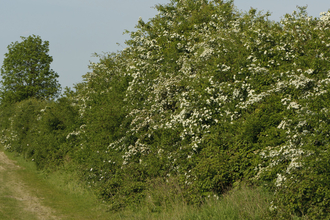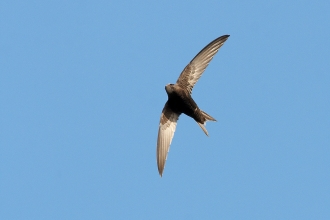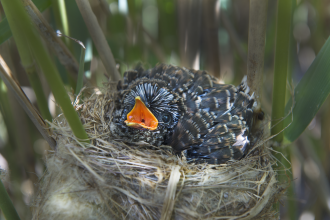A 30 Days Wild minibeast hunt
One of the most exciting things about 30 Days Wild is that it challenges you to look for nature everywhere. By looking more closely at the wild places around you, even if it’s just a little patch…
One of the most exciting things about 30 Days Wild is that it challenges you to look for nature everywhere. By looking more closely at the wild places around you, even if it’s just a little patch…

This week is invasive species week, 24-30th May. The week aims to raise awareness of the problems non-native invasive species cause, and ways we can all help prevent their spread. This week we…

Is 2021 finally going to be the turning point for nature and climate? Hampshire & Isle of Wight Wildlife Trust CEO Debbie Tann shares her thoughts.

The white flowers brightening hedgerows at the moment mainly belong to hawthorn. This spiky shrub is important for lots of wildlife, providing sheltered nesting habitat, berries later in the year…

Swallows, swifts and martins are true summertime species here in Britain. Arriving a little later than most of the warblers and departing as summer begins to fade (or earlier in the case of swifts…

Tom, one of the wardens for Winnall Moors does his rounds on a Friday morning. He shares his experiences with us here.
Ivy has an image problem. For decades people have believed that ivy damages buildings and is a parasite to trees with little wildlife benefit. All this could not be further from the truth.

Kelly Hollings, Restoring Ratty Project Officer for Northumberland Wildlife Trust, explores the habits of these much-loved mammals.

During the pandemic, many of us have found ourselves less able to do the things we love and have looked to nature for new ways to occupy our time and nurture our mental wellbeing. Over the past…

Amongst our local wildlife are some of the best tricksters around